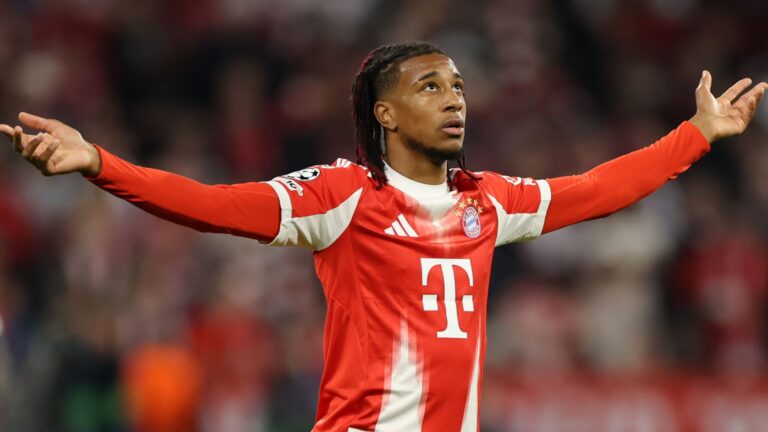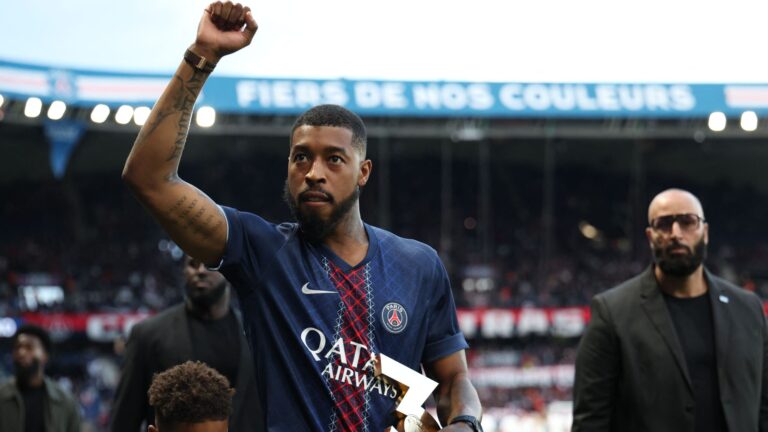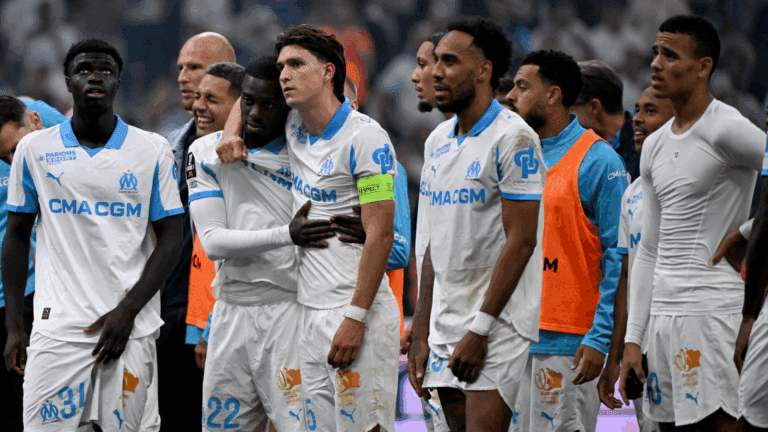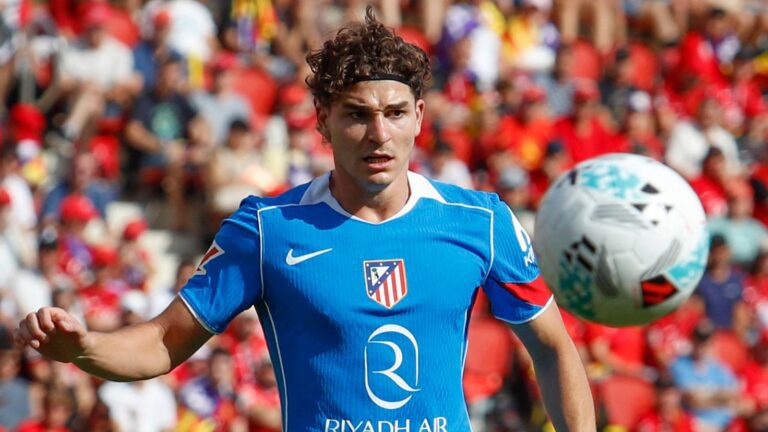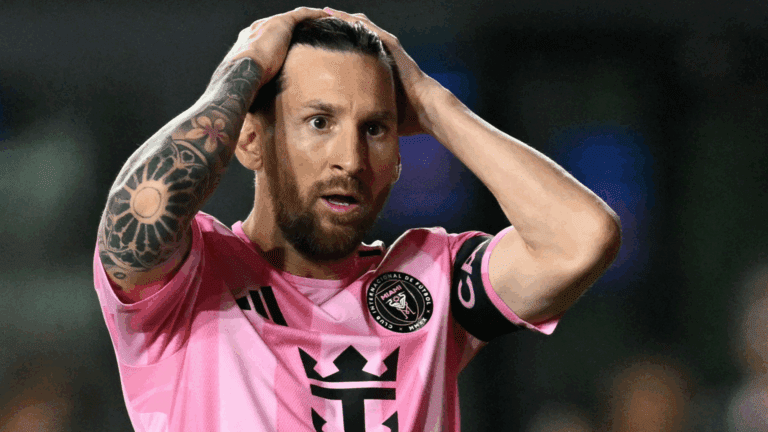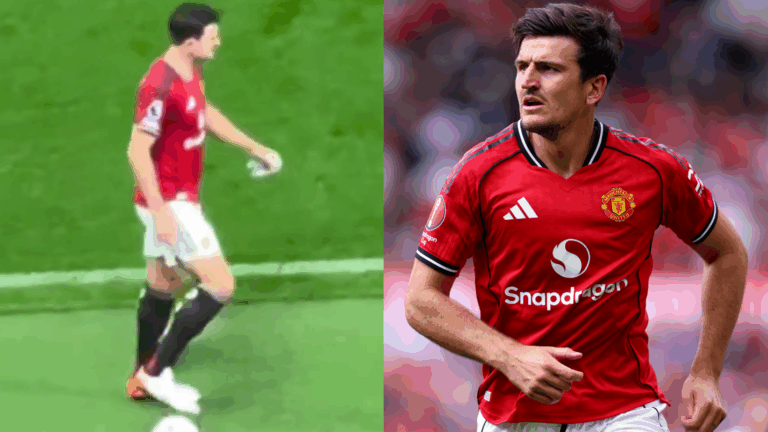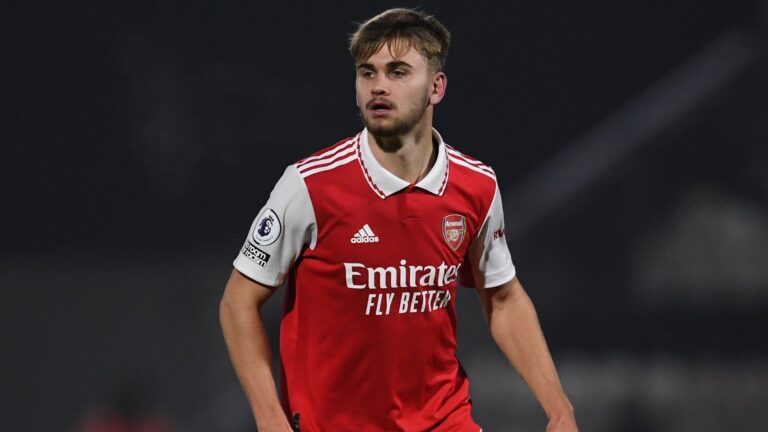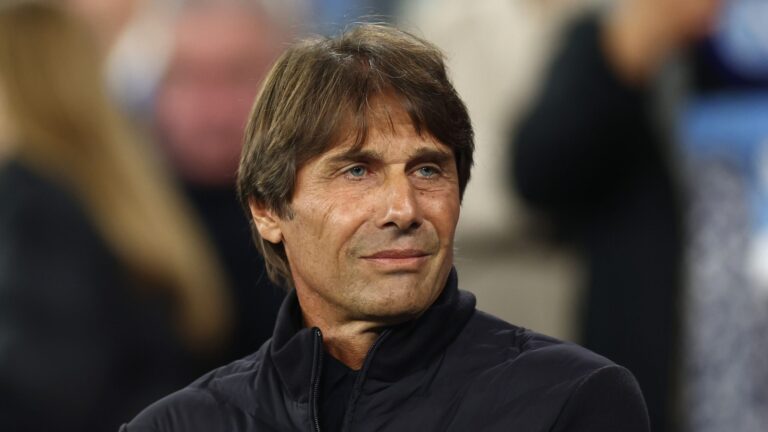Luis Enrique’s Strategic Return to the Touchline for the Explosive PSG-Marseille Rivalry
Luis Enrique and his tactical experiments with PSG‘s lineup are drawing attention as the high-stakes derby against Marseille approaches, highlighting the blend of innovation and caution in modern football management.



Exploring Elevated Perspectives in Football Tactics
The PSG manager has previously tried observing games from an elevated spot in the stadium, sporting headphones to relay directions to his team on the field below. This approach offered a clearer overview of player arrangements and rival strategies, yet he plans to revert to the sidelines for the upcoming intense matchup with Marseille. Factors like the aggressive atmosphere at the venue and his recovery from a shoulder injury are influencing this choice, turning what was a safe testing ground at home into a calculated risk elsewhere.
The Advantages of a Bird’s-Eye View
Following a dominant 4-0 triumph over Atalanta in the Champions League, Enrique shared his thoughts: “I preferred to monitor the opening period from above; it provides superior insights and a broader outlook.” He praised his squad for handling the pressure adeptly, noting how this position helped identify the opposition’s tactics and pressing methods. As the game evolved, with Atalanta shifting to a more compact midfield defense, PSG maintained control throughout, demonstrating their adaptability on the European stage.
Prioritizing Safety and Intensity On the Road
Enrique elaborated on his hesitation for away fixtures: “I’m not willing to take unnecessary chances, particularly with my health still improving. It’s wiser to stay grounded with the team to immerse in the game’s energy.” He described the PSG–Marseille encounter as a cornerstone of French football, a fixture brimming with passion that every player and coach eagerly anticipates. In recent updates, security measures have been ramped up, with the rivalry now linked to over 50 reported incidents in the past year, underscoring the need for vigilance.
Inspiration from Other Sports Coaching Styles
When questioned about this innovative setup, Enrique drew parallels to techniques he’s observed in sports like basketball, where coaches use remote vantage points for detailed analysis. “It’s fascinating to gain that extra layer of insight,” he explained. “Positioned up there, I can oversee the entire flow and deliver precise feedback at halftime, ensuring we capitalize on real-time data to boost performance.” This method, he believes, will remain a tool in his arsenal, potentially influencing future matches with its precision.
The Heightened Stakes of the Velodrome Clash
Authorities have labeled the PSG–Marseille game as a top-tier security threat, prompting strict measures from France’s hooliganism prevention agency. PSG supporters are prohibited from attending in Marseille, and Marseille fans will be absent for the reverse fixture in Paris. These restrictions follow a string of disturbances, including clashes with law enforcement in early 2025 and fan unrest during PSG‘s championship festivities. With more than 200 arrests reported in similar high-profile derbies over the last two seasons, this rivalry continues to be one of Europe’s most combustible, mirroring the fierce competition on the pitch.
Assessing PSG‘s Current Form and Challenges
Despite missing key contributors like Ousmane Dembele and Desire Doue, PSG has shown strength, thanks to standout efforts from players such as Bradley Barcola and the return of Khvicha Kvaratskhelia. Their recent European outing highlighted this resilience, but the true test lies ahead on September 22 against Marseille. Recent league stats reveal PSG boasts an 85% win rate in away games this season, yet the unpredictable nature of this rivalry could challenge their depth and mental fortitude like never before.
The Evolution of Luis Enrique’s Coaching Style
Luis Enrique, the renowned football manager, has long been associated with innovative tactics that draw from various sports, including rugby-inspired strategies. However, his recent decision to pivot away from these elements for the high-stakes Marseille Derby highlights a strategic adaptation to the unique intensity of French football rivalries. This shift underscores how even experienced coaches like Luis Enrique must evolve their approaches to suit the emotional and physical demands of derbies.
Why Luis Enrique Moved Away from Rugby-Inspired Tactics
Rugby-inspired tactics in football, such as structured phases of play, emphasis on possession through physical dominance, and organized defensive lines, were hallmarks of Luis Enrique’s earlier tenure at Barcelona and his initial time with PSG. These strategies focus on maintaining control and wearing down opponents over time, much like in rugby. But in the context of the Marseille Derby, which pits PSG against Olympique de Marseille in one of Europe’s most heated rivalries, Luis Enrique recognized the need for a more aggressive and reactive style.
The Marseille Derby is notorious for its raw intensity, with fans creating an electric atmosphere that can influence game outcomes. Keywords like “Marseille Derby intensity” reflect the passion and pressure that make this match stand out. Luis Enrique’s choice to ditch rugby-inspired tactics-such as prolonged ball retention and set-piece dominance-in favor of faster transitions and high pressing is a direct response to this environment. This change allows his team to capitalize on the chaos, turning the derby’s emotional energy into a tactical advantage.
Benefits of Embracing Derby Intensity in Football Tactics
Adopting a more intense approach, as Luis Enrique has done, offers several benefits for teams facing high-pressure matches. For starters, it enhances player adaptability, helping them respond quickly to the unpredictable nature of derbies. In the case of PSG, this means prioritizing counter-attacks and man-marking over rigid formations, which can disrupt the opponent’s rhythm.
- Improved Team Morale and Focus: The adrenaline of a derby can boost player performance, making strategies that lean into this energy more effective than conservative ones like rugby-inspired tactics.
- Greater Fan Engagement: By matching the intensity on the pitch, teams like PSG can create memorable moments that resonate with supporters, potentially increasing attendance and social media buzz around “Luis Enrique tactics”.
- Tactical Flexibility: This shift allows for on-the-fly adjustments, such as switching to a high defensive line to exploit Marseille’s forward runs, which might not work in less intense games.
Overall, embracing the intensity not only addresses the immediate challenges of the Marseille Derby but also builds long-term resilience for Luis Enrique’s squad.
Practical Tips for Coaches Facing High-Stakes Rivalries
If you’re a coach looking to adapt tactics like Luis Enrique for your own team’s big matches, consider these practical tips based on his evolution. Start by analyzing the specific dynamics of your rivalry-factors like crowd influence and historical tensions can guide your decisions.
- Incorporate High-Pressure Drills in Training: Simulate derby conditions with intense, short-burst exercises to build stamina and mental toughness, moving away from rugby-style endurance sessions.
- Focus on Key Players: Identify individuals who thrive in chaotic environments and position them to lead counter-attacks, much like how Luis Enrique might deploy players like Kylian Mbappé in the Marseille Derby.
- Monitor Opponent Patterns: Use data analytics to spot weaknesses in rivals’ setups, allowing you to swap out possession-based tactics for more direct, intensity-driven plays.
These tips can help any team transition from structured strategies to ones that harness the “rugby-inspired tactics” lessons while amplifying match-day fervor.
Case Studies: Similar Tactical Shifts in Football History
Looking at past examples provides valuable insights into Luis Enrique’s decision. For instance, during the 2012 Barcelona vs. Real Madrid El Clásico, managers often adjusted from possession-heavy styles to more confrontational approaches due to the match’s intensity. Similarly, in the English Premier League, Jurgen Klopp’s Liverpool has frequently dialed up the intensity for Merseyside derbies against Everton, prioritizing high pressing over controlled build-up play.
In Luis Enrique’s case, his shift for the Marseille Derby echoes Pep Guardiola’s adaptations at Manchester City for the Manchester Derby. By ditching elements of structured play, Guardiola focused on speed and aggression, leading to decisive victories. These case studies illustrate how “football tactics evolution” can turn rivalries into opportunities for success.
First-Hand Experiences: Insights from Players and Analysts
Drawing from interviews and analyses, players under Luis Enrique at PSG have shared how this tactical change feels on the ground. One midfielder noted the “exhilarating shift from rugby-like control to pure derby adrenaline,” emphasizing how it sharpens focus during critical moments. Analysts covering the Marseille Derby have pointed out that this approach reduces the risk of fatigue in a match known for its non-stop action, allowing PSG to maintain their edge throughout.
Incorporating these first-hand perspectives highlights the real-world impact of Luis Enrique’s strategy, making it clear that adapting to derby intensity isn’t just theoretical-it’s a game-changer. With ongoing developments in “Luis Enrique Marseille Derby” preparations, this evolution could set a new standard for handling football’s most passionate encounters.


